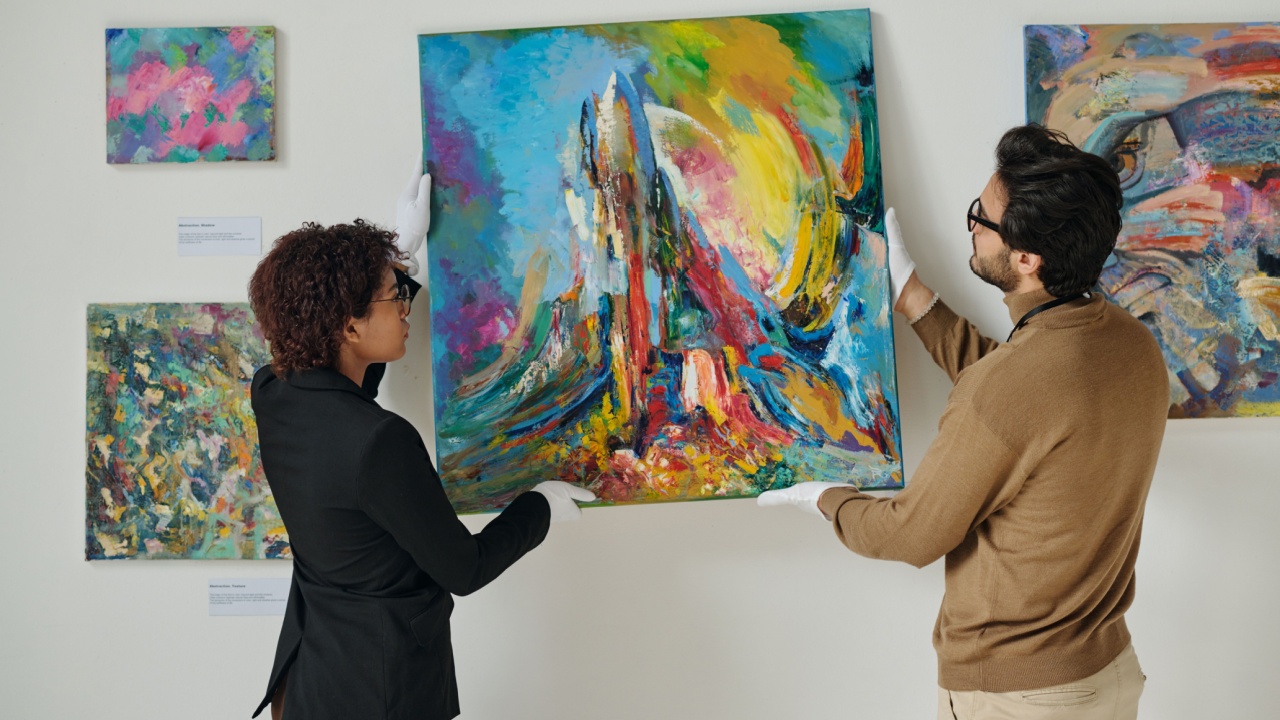Unusual New Year’s Rituals: 12 Global Traditions That Might Surprise You
Here’s a question: if you could trade your New Year’s Eve routine for eating 12 grapes with breakneck speed or hurling plates at your neighbor’s front door (without getting the cops called), would you? I mean, who decided that “sharing is caring” had to stop at cookies and wouldn’t include, for instance, smashing inanimate objects for luck or walking your luggage around the block to manifest travel vibes? New Year’s Eve is the planet’s unofficial “try something bonkers” night—one where what brings luck in one country would probably get you a stern phone call from the homeowner’s association in another. As a lifelong collector of oddities (and search engine rankings), I found myself fascinated—and sometimes a little jealous—by how these traditions capture our hopes, hang-ups, and hilarious attempts to outwit fate. Ready to break out of your comfort zone—and maybe your best china? Dive in as we globe-trot through 12 New Year’s Eve rituals way wilder than any midnight champagne toast. Each one is a testament to just how beautifully weird we all are when the clock strikes twelve. LEARN MORE
New Year’s Eve isn’t just another holiday, it’s a time when cultures around the world put their unique stamp on welcoming the future. As a kid, I thought everyone celebrated New Year’s the same way we did: watching the ball drop and counting down to midnight. But as I’ve grown older and learned about traditions from across the globe, it’s clear that how people welcome the new year says a lot about their values, hopes, and even superstitions.
Take Spain, for example, with its speedy grape-eating contests at the stroke of midnight. Or Japan, where Buddhist temples ring bells 108 times to cleanse souls for the year ahead? Each custom is rich in meaning, blending history, culture, and a whimsical touch.
Let’s get into 12 fascinating New Year’s traditions from around the world. From smashing plates to jumping waves, these customs offer a glimpse into how humanity collectively celebrates fresh starts, each in its own vibrant way.
1. Spain: Eating 12 Grapes at Midnight

In Spain, the new year officially kicks off with a frantic race to eat 12 grapes, one for each stroke of the clock at midnight. This quirky tradition, known as las doce uvas de la suerte (the twelve grapes of luck), is believed to bring prosperity and fend off misfortune.
Grapes must be eaten in rhythm with the chimes, making it a hilarious challenge for anyone trying it for the first time. This practice, which began in the early 20th century, has spread to other Spanish-speaking countries and remains a cherished ritual for families gathering around the TV or town square.
2. Denmark: Smashing Plates on Doorsteps

In Denmark, ringing in the new year means breaking things, but in a good way. People smash plates against their friends’ and neighbors’ doors to bring good fortune and strengthen bonds. The more broken crockery you find outside your house, the more love and luck you’ve received.
This tradition, though slightly chaotic, is also a loud and heartfelt way to say, “We’ve got your back this year.” Don’t worry, no one’s using their best china.
3. Brazil: Jumping Over Seven Waves

For Brazilians, New Year’s Eve is tied to the sea, reflecting the country’s coastal heritage. Revelers dressed in white head to the beach to jump over seven waves, each leap symbolizing a wish for the new year.
This tradition is deeply rooted in Afro-Brazilian spirituality, particularly the worship of Yemanjá, the goddess of the sea. People often toss flowers into the ocean as offerings, blending nature and faith in this stunning celebration.
4. Japan: Ringing Temple Bells 108 Times

In Japan, Buddhist temples ring their bells 108 times on New Year’s Eve, a practice called Joya no Kane. The number 108 represents worldly desires in Buddhist belief, and each chime is meant to purify individuals from one of these sins.
The atmosphere is serene, with people gathering in quiet reflection rather than boisterous celebration. It’s a moment of spiritual cleansing that sets a tranquil tone for the year ahead.
5. Scotland: First-Footing for Good Luck

In Scotland, Hogmanay, the country’s grand New Year celebration, includes the tradition of “first-footing.” The first person to enter your home after midnight is believed to determine your luck for the year.
Traditionally, this person brings gifts like coal, shortbread, or whisky to ensure warmth, sustenance, and cheer in the coming months.
6. Greece: Hanging Onions

In Greece, onions take center stage as a symbol of growth and renewal. Families hang onions on their doors to encourage good fortune in the coming year.
This practice dates back to ancient Greek beliefs that onions, with their ability to sprout even in harsh conditions, represent resilience and new beginnings.



















